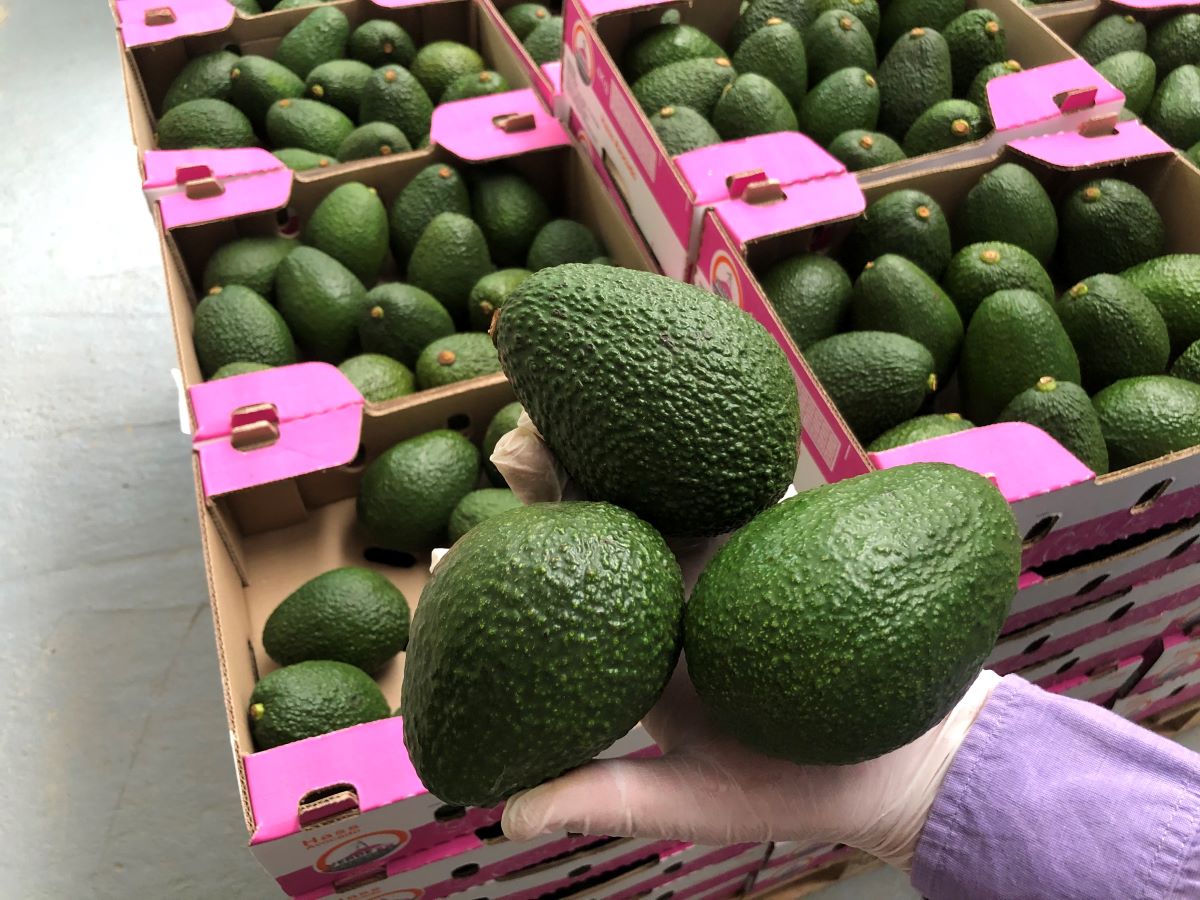

Articles
How To Store Fresh Avocado
Modified: February 26, 2024
Learn how to store fresh avocados and keep them ripe for longer with these helpful articles.
(Many of the links in this article redirect to a specific reviewed product. Your purchase of these products through affiliate links helps to generate commission for Storables.com, at no extra cost. Learn more)
Introduction
Avocados are a beloved fruit known for their creamy texture, rich flavor, and numerous health benefits. Whether you enjoy them in salads, guacamole, or simply spread on toast, avocados are a versatile and delicious addition to any meal. However, avocados have a relatively short shelf life, and it can be tricky to keep them fresh for an extended period of time.
In this article, we will explore the various methods and techniques for storing fresh avocados to ensure they stay ripe and ready-to-eat for as long as possible. From choosing the right avocados to proper storage temperatures, we will provide you with all the information you need to keep your avocados in optimal condition.
So, if you’ve ever found yourself with too many ripe avocados or struggled to keep them fresh, read on to learn how to store fresh avocados and make the most out of this delicious fruit.
Key Takeaways:
- Choose ripe avocados with care to ensure optimal storage. Assess ripeness by color, stem end, and texture. Store at room temperature for natural ripening, then transfer to the fridge.
- Freeze ripe avocados for long-term storage. Use lemon juice to prevent browning, then mash and store in an airtight container. Thaw in the refrigerator for best results.
Read more: How To Store An Avocado
Choosing the Right Avocados
When it comes to storing fresh avocados, selecting the right ones is the first step in ensuring their longevity. Here are some tips to help you choose the perfect avocados for your needs:
- Look for avocados that are slightly soft to the touch but not overly mushy. A ripe avocado will yield to gentle pressure without feeling too soft or squishy.
- Color is not always an accurate indicator of avocado ripeness. While Hass avocados, the most popular variety, are typically dark green or black when ripe, other varieties may remain green even when fully ripe.
- Inspect the skin for any signs of cracks or blemishes. A smooth, unblemished skin is ideal for long-term storage.
- Avoid avocados with a hollow feeling or those that make a rattling sound when shaken. This indicates that the fruit may be overripe or have started to spoil.
It’s also worth noting that avocados can take a few days to ripen after purchase. If you’re planning to consume them immediately, choose avocados that are already ripe. However, if you’re looking for avocados that will last longer, opt for ones that are slightly underripe.
By selecting avocados with care, you’ll set yourself up for successful avocado storage and ensure that you have the best-tasting fruit when it’s time to enjoy them.
Assessing Avocado Ripeness
One of the key factors in storing fresh avocados is knowing when they are ripe and ready to be consumed. Here are a few methods to assess avocado ripeness:
- Check the skin color: Gently squeeze the avocado and assess the color of the skin. Ripe avocados will have a slightly darker color, while unripe ones will be mostly green.
- Press the stem end: Remove the stem from the avocado. If the flesh underneath is green, the avocado is not yet ripe. If it is slightly yellow or brown, the avocado is ripe and ready to be enjoyed.
- Consider the texture: A ripe avocado should have a slight give when gently squeezed. However, it should not feel overly mushy or hard.
Keep in mind that assessing avocado ripeness can be subjective, and the optimal level of ripeness may vary based on personal preference. If you prefer a firmer texture, you may want to consume avocados when they are slightly underripe. On the other hand, if you enjoy a creamy and smooth consistency, wait until the avocados are fully ripe.
By understanding how to assess avocado ripeness, you can ensure that you store them at the right time, preserving their flavor and quality for longer periods.
Storing Avocados at Room Temperature
One of the easiest and most common ways to store fresh avocados is at room temperature. This method allows the avocados to continue ripening naturally until they reach your desired level of ripeness. Here’s how you can do it:
- Place the avocados in a fruit bowl or a paper bag. If using a paper bag, close it loosely to trap some of the ethylene gas produced by the avocados, which helps to speed up the ripening process.
- Keep the avocados at room temperature, away from direct sunlight and heat sources.
- Check the avocados daily to assess their ripeness. Gently press them to see if they yield to gentle pressure.
- Once the avocados reach your desired level of ripeness, you can transfer them to the refrigerator to slow down the ripening process and extend their shelf life.
It’s important to note that storing avocados at room temperature means they will continue to ripen relatively quickly. Therefore, if you have avocados that are already ripe and you don’t plan to consume them immediately, it’s advisable to transfer them to the refrigerator to prevent overripening.
By following these steps, you can enjoy perfectly ripened avocados while maximizing their shelf life.
To store a fresh avocado, place it in the refrigerator once it has ripened to your desired level. This will help slow down the ripening process and keep it fresh for a few more days.
Extending Avocado Shelf Life in the Refrigerator
If you want to prolong the shelf life of your avocados, storing them in the refrigerator is a great option. The cool temperature slows down the ripening process, allowing you to enjoy ripe avocados over a longer period. Here’s how to store avocados in the fridge:
- If your avocados are already ripe, place them directly in the refrigerator to maintain their current level of ripeness for a few more days.
- If your avocados are unripe, you can also store them in the refrigerator to prevent them from overripening. Leave them at room temperature until they ripen, and then transfer them to the fridge.
- Before refrigerating your avocados, ensure they are dry and free from any dirt or debris. Wet avocados can develop mold or spoil more quickly.
- Place the avocados in the refrigerator’s crisper drawer or airtight plastic bag to protect them from exposure to cold air, which can cause them to become too hard.
While storing avocados in the refrigerator helps to extend their shelf life, it’s important to note that refrigerated avocados can develop a slightly different texture compared to those stored at room temperature. They may become firmer and have a slightly muted flavor. However, allowing them to sit at room temperature for a short while before consuming can help restore some of the natural taste and texture.
By following these guidelines, you can keep your avocados fresh for longer and enjoy them whenever you’re ready.
Read more: How To Store Avocados At Home
Freezing Avocados for Long-Term Storage
If you have an abundance of ripe avocados or want to preserve them for an extended period, freezing is a fantastic option. Freezing avocados allows you to store them for months, ensuring that you always have a supply of avocados on hand. Here’s how to freeze avocados:
- Start by selecting ripe avocados. Slice them in half and remove the pit.
- Using a spoon, scoop the avocado flesh out of the skin and place it in a bowl.
- Add a squeeze of lemon or lime juice to the avocado flesh to prevent browning.
- Mash the avocado with a fork or blend it in a food processor until smooth. Alternatively, you can leave it slightly chunky if you prefer.
- Transfer the mashed avocado into an airtight container or freezer-safe bag. Make sure to leave some space at the top as avocados expand as they freeze.
- Label the container or bag with the date and store it in the freezer.
When you’re ready to use the frozen avocado, simply remove the desired amount from the freezer and let it thaw in the refrigerator overnight. Avoid using the microwave to defrost frozen avocado, as it can result in a mushy texture.
It’s worth noting that freezing avocado changes its texture, so frozen avocado is best used for dishes like smoothies, dips, and dressings rather than as a standalone fruit or for garnishing. However, the flavor and nutritional benefits of avocados are still well preserved when frozen.
With this freezing method, you can enjoy the taste of fresh avocados all year round, even when they are out of season or in limited availability.
Avoiding Common Mistakes
When it comes to storing fresh avocados, there are a few common mistakes that can negatively impact their quality and shelf life. Here are some mistakes to avoid:
- Storing avocados in the refrigerator before they are ripe: Refrigerating unripe avocados can slow down the ripening process, leading to avocados that never fully ripen. It’s best to wait until avocados are ripe before placing them in the refrigerator.
- Storing avocados in direct sunlight or heat: Avocados should be stored in a cool, dry place, away from direct sunlight or heat sources. Excessive heat can cause avocados to spoil more quickly.
- Stacking avocados on top of each other: Placing avocados on top of each other can lead to bruising and damage. Instead, store avocados in a single layer to prevent unnecessary pressure.
- Not using an airtight container for freezing: When freezing avocados, it’s important to use airtight containers or freezer-safe bags to prevent freezer burn and maintain freshness.
- Freezing avocados whole: Freezing whole avocados can result in a mushy texture and make it difficult to use the desired amount later. It’s best to mash or puree the avocados before freezing.
- Thawing frozen avocados at room temperature: Thawing frozen avocados at room temperature can result in a watery and mushy texture. It’s recommended to thaw them in the refrigerator overnight for better results.
By avoiding these common mistakes, you can ensure that your avocados stay fresh, flavorful, and ready to enjoy.
Conclusion
Storing fresh avocados properly is essential for preserving their flavor and extending their shelf life. By following the tips and techniques outlined in this article, you can ensure that your avocados stay ripe, delicious, and ready to be enjoyed whenever you crave them.
When choosing avocados, look for ones that are slightly soft to the touch and free from blemishes. Assess their ripeness by considering factors such as skin color, stem end, and texture. Storing avocados at room temperature is a simple and effective method, allowing them to continue ripening until they reach the desired level of ripeness. For longer-term storage, transfer ripe avocados to the refrigerator to slow down the ripening process.
If you have an excess of ripe avocados or want to enjoy avocados out of season, freezing is an excellent option. By mashing and storing them in an airtight container or bag, you can preserve avocados for months and use them in various recipes.
Remember to avoid common mistakes such as refrigerating unripe avocados or subjecting them to direct sunlight or heat. And when thawing frozen avocados, do so in the refrigerator for the best results.
Now that you have a comprehensive understanding of how to store fresh avocados, you can confidently enjoy this delicious fruit without worrying about spoilage or waste. So go ahead, indulge in your favorite avocado recipes, and savor the creamy goodness of this remarkable fruit!
Frequently Asked Questions about How To Store Fresh Avocado
Was this page helpful?
At Storables.com, we guarantee accurate and reliable information. Our content, validated by Expert Board Contributors, is crafted following stringent Editorial Policies. We're committed to providing you with well-researched, expert-backed insights for all your informational needs.
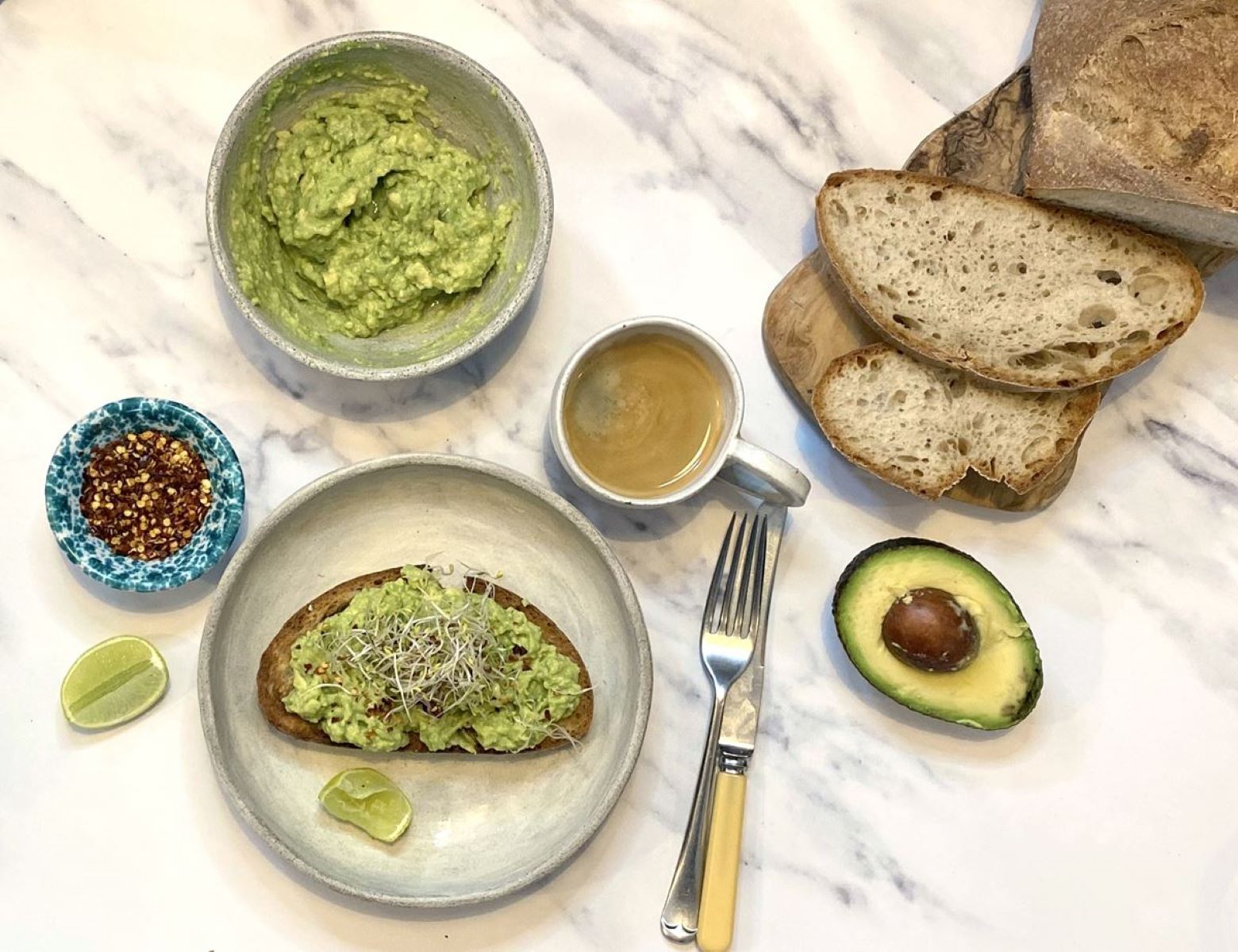
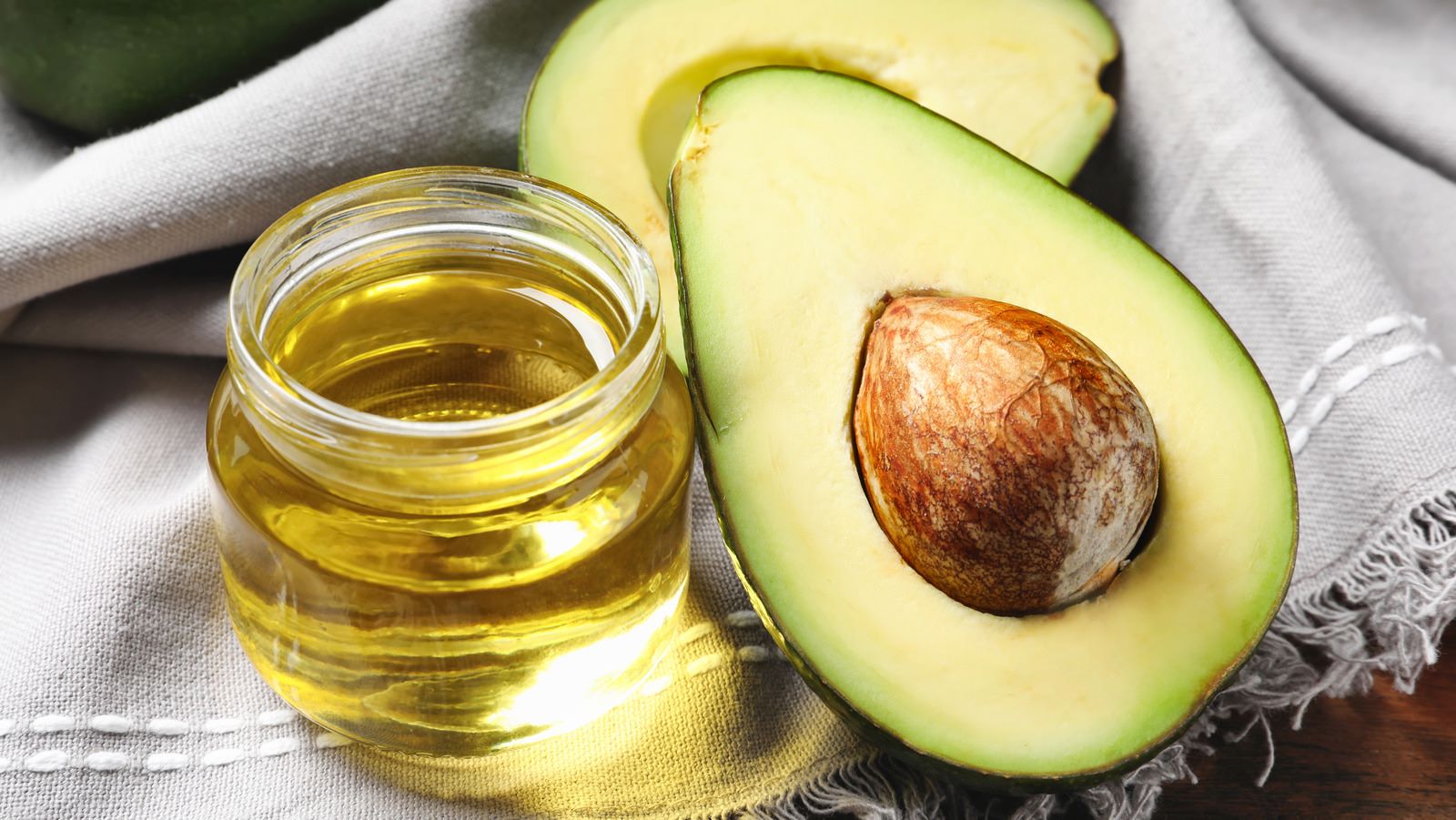
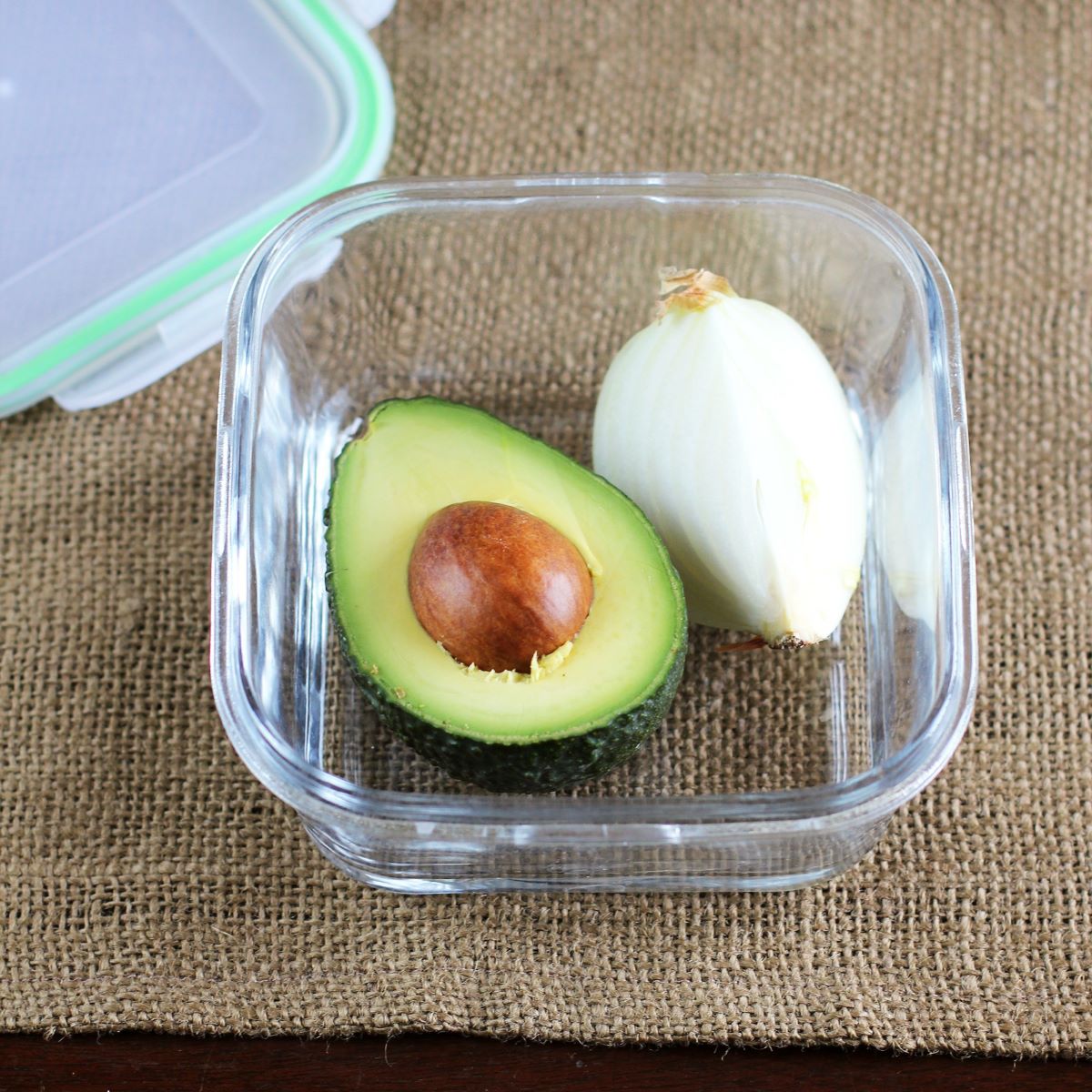
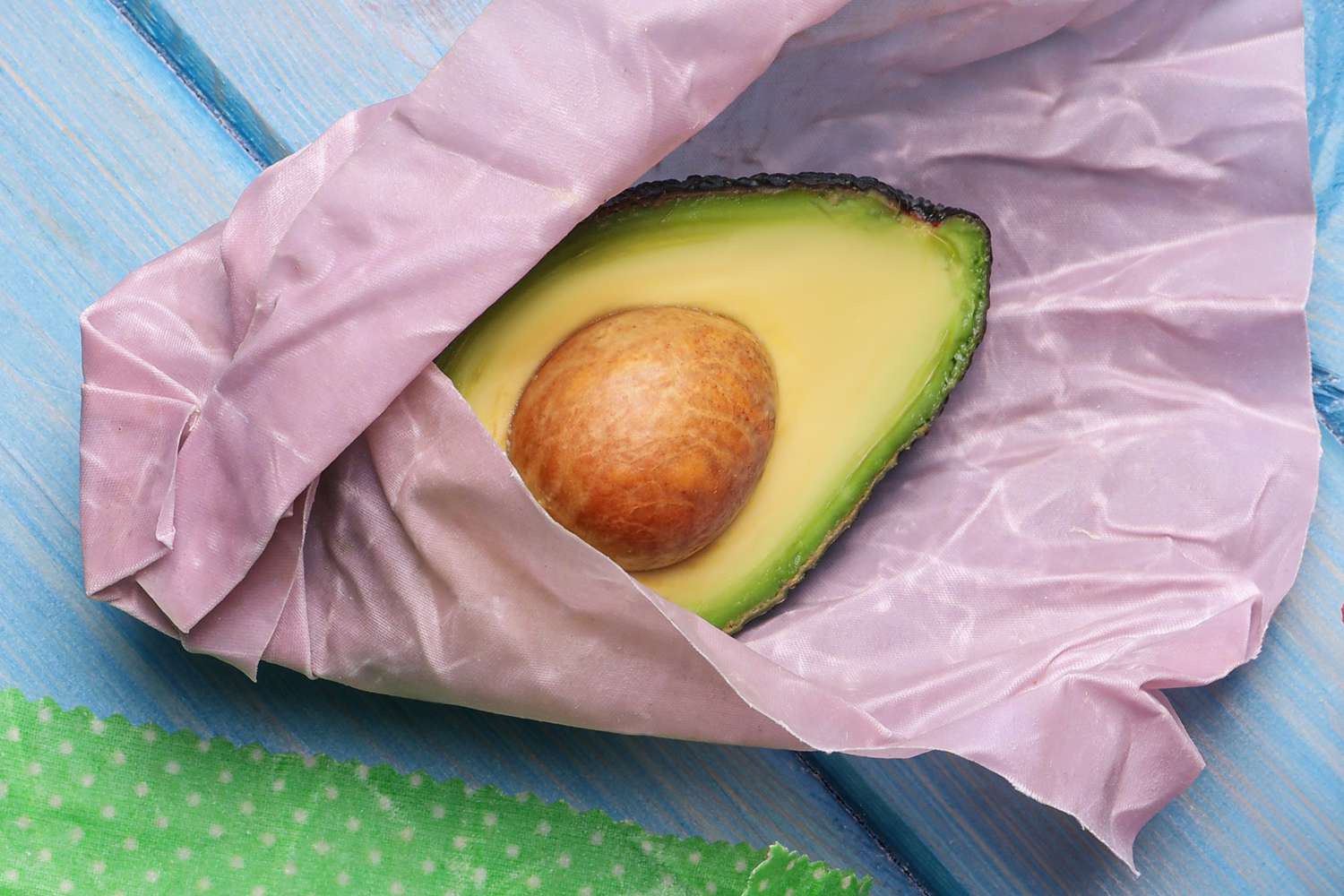
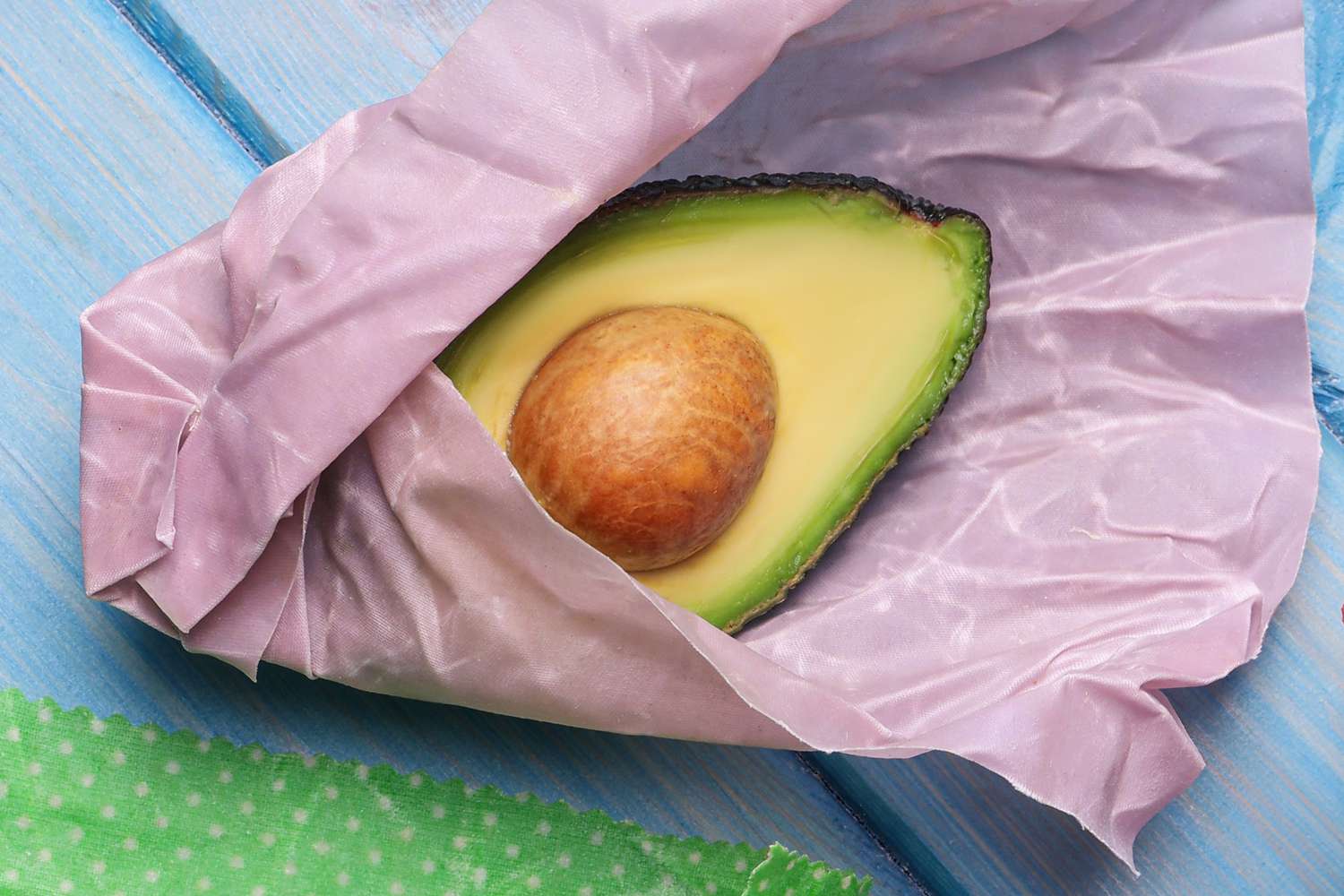
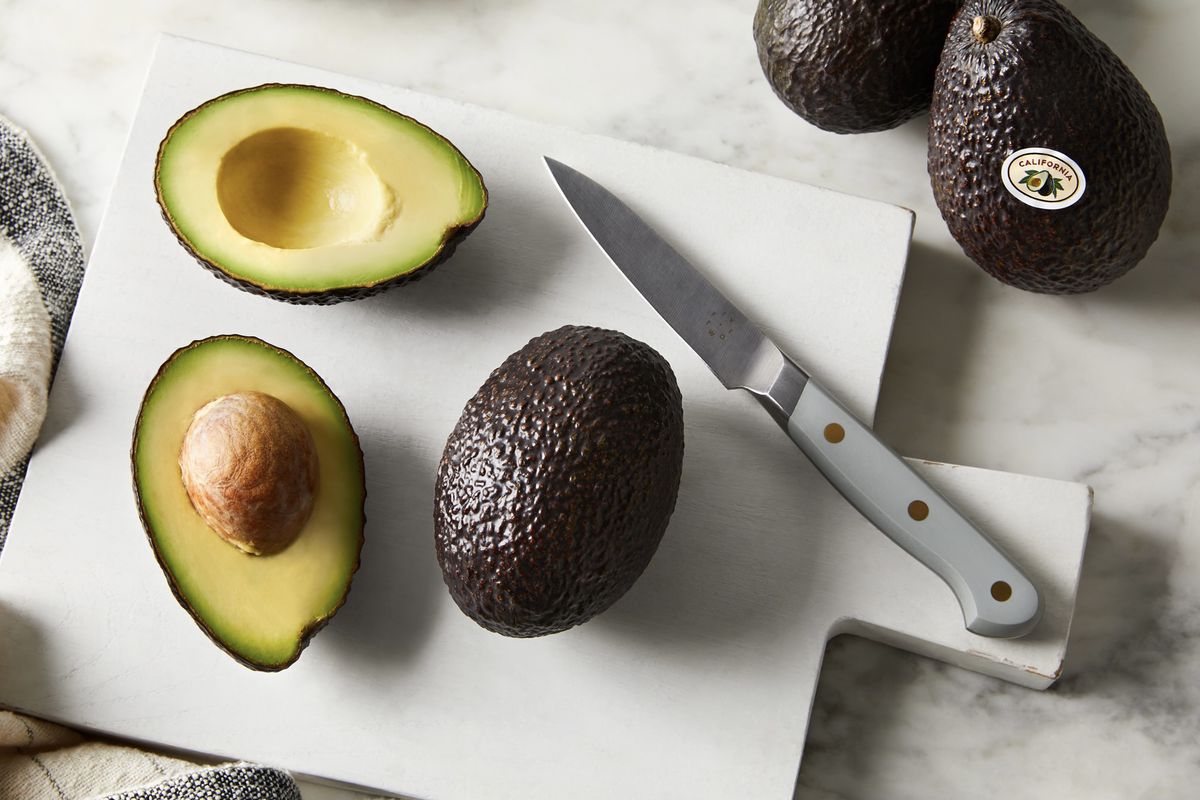

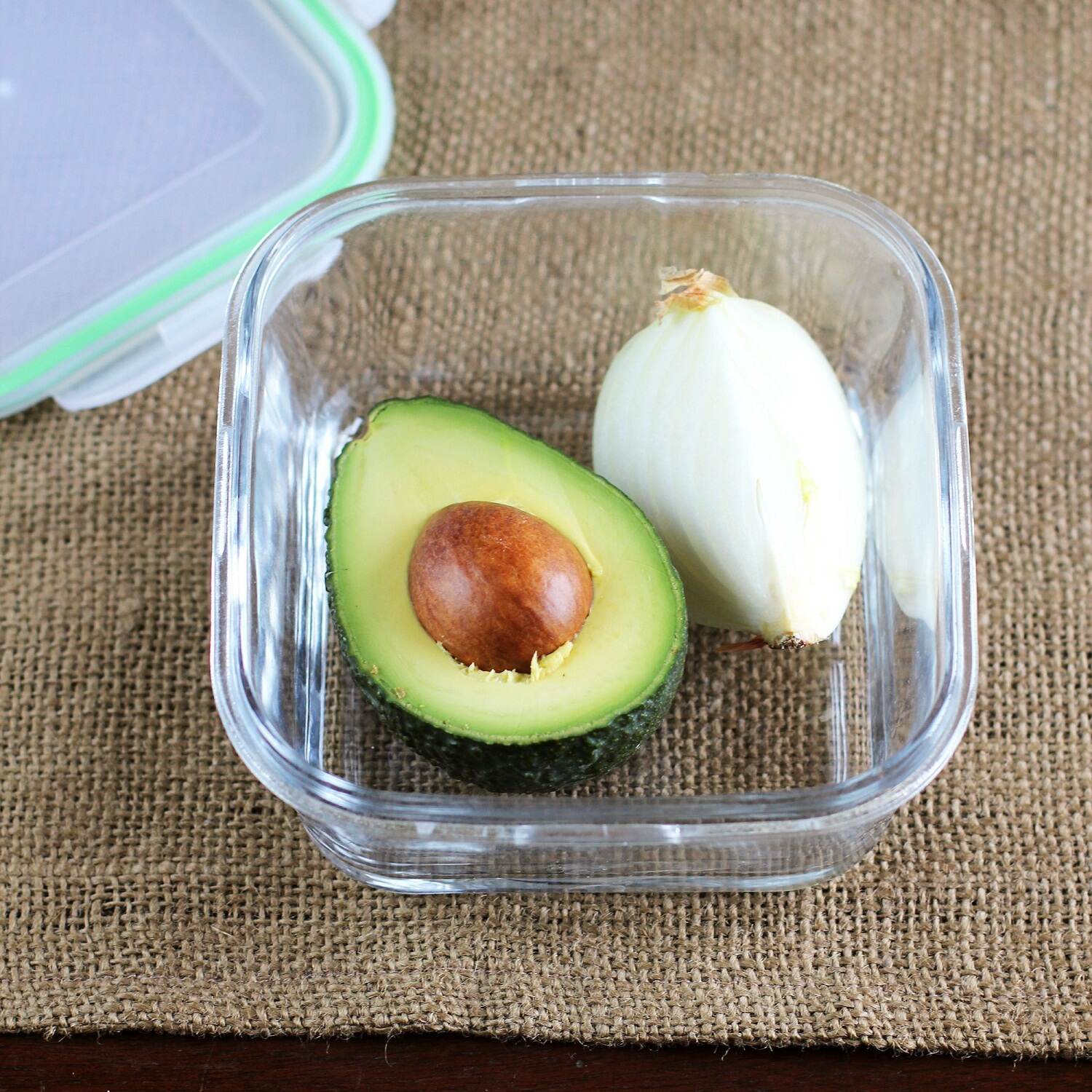
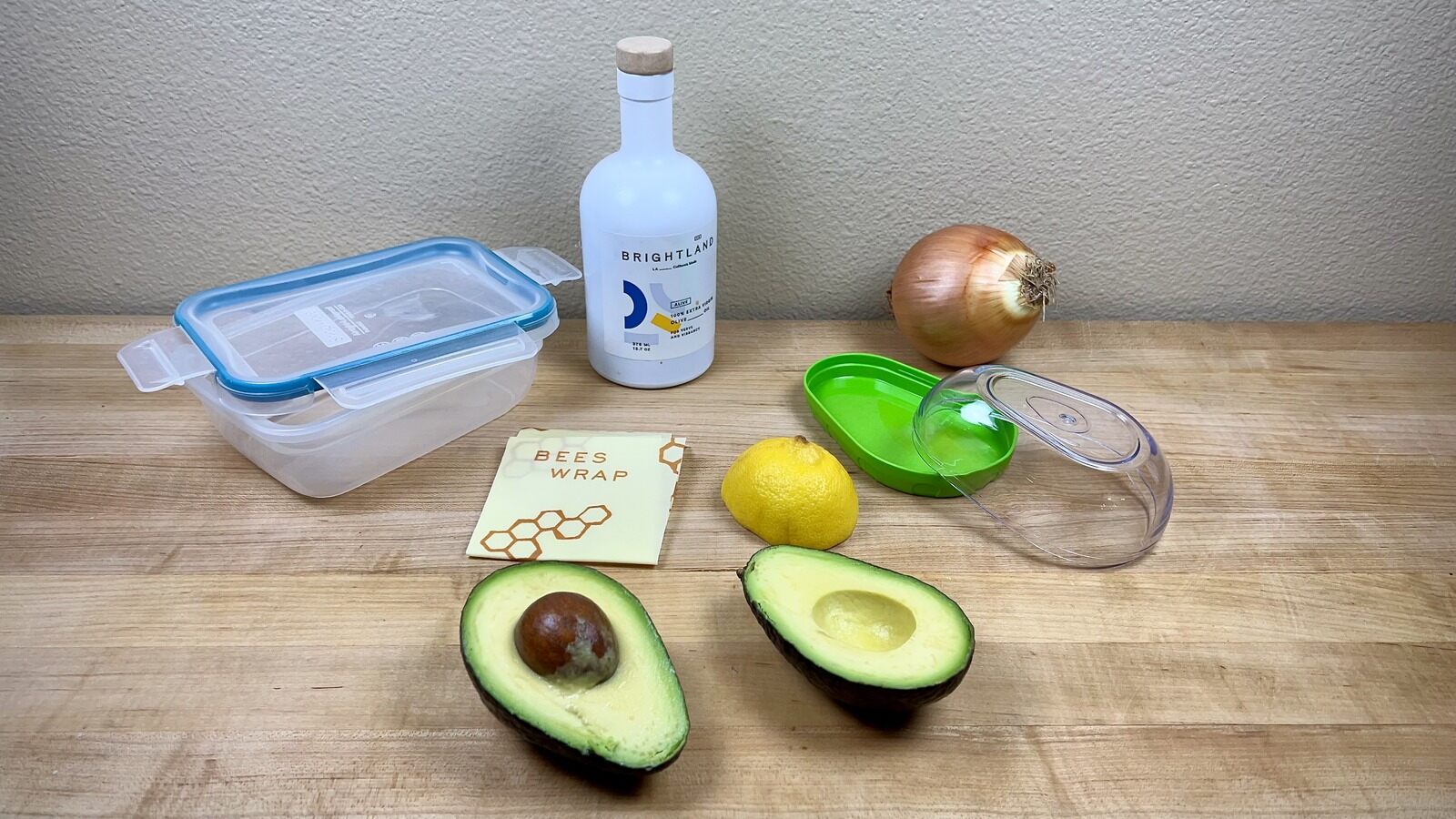
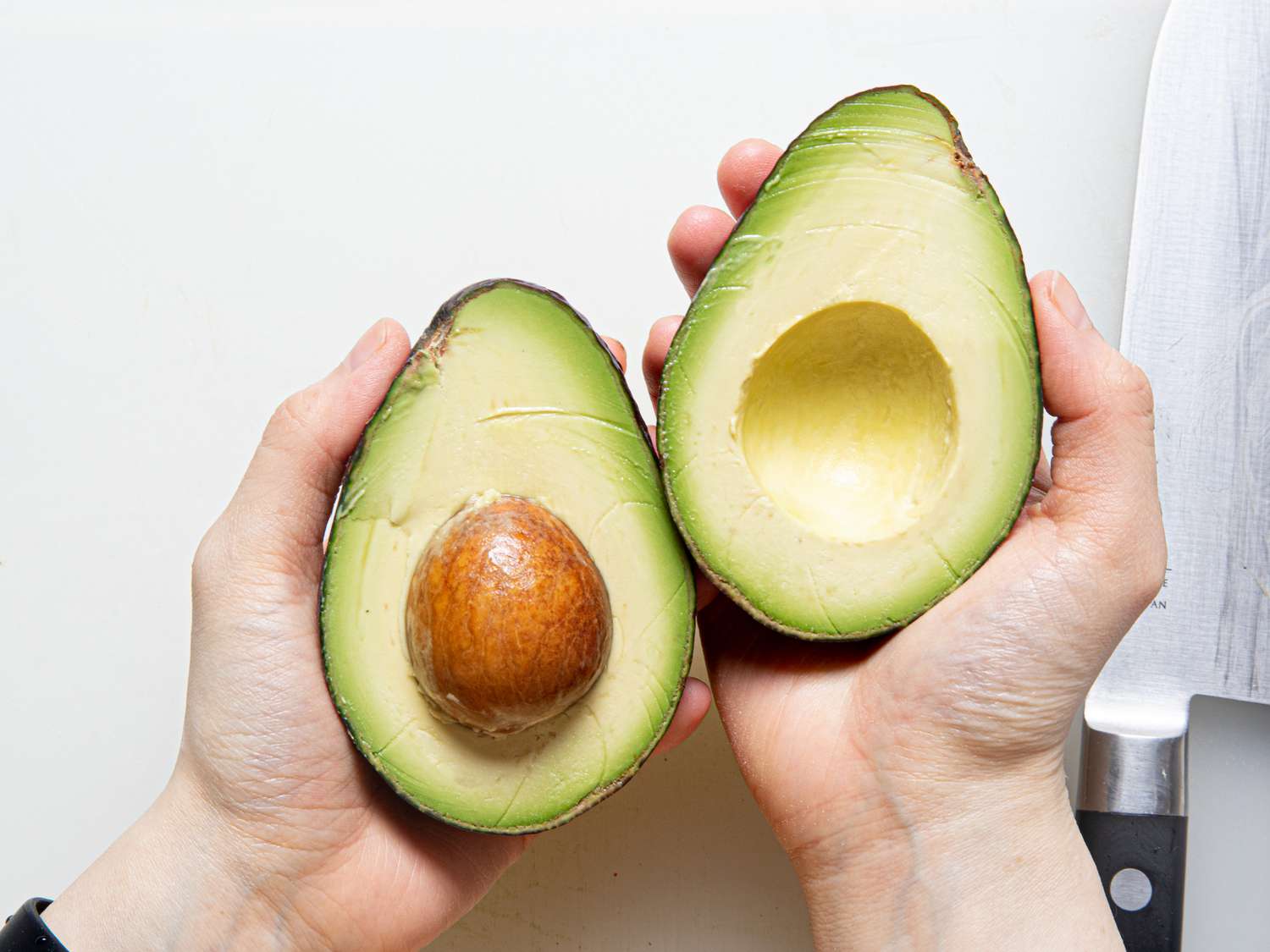
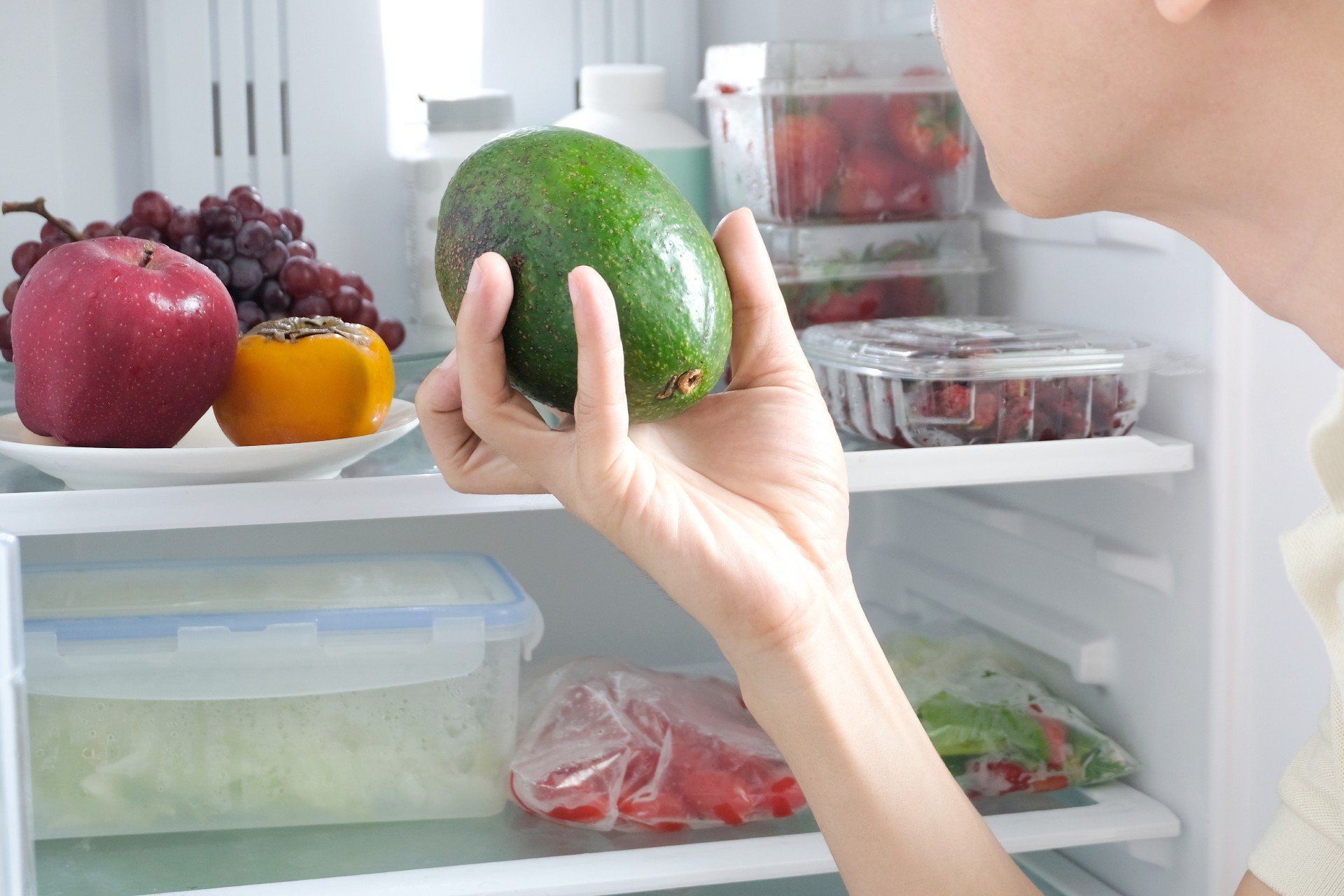

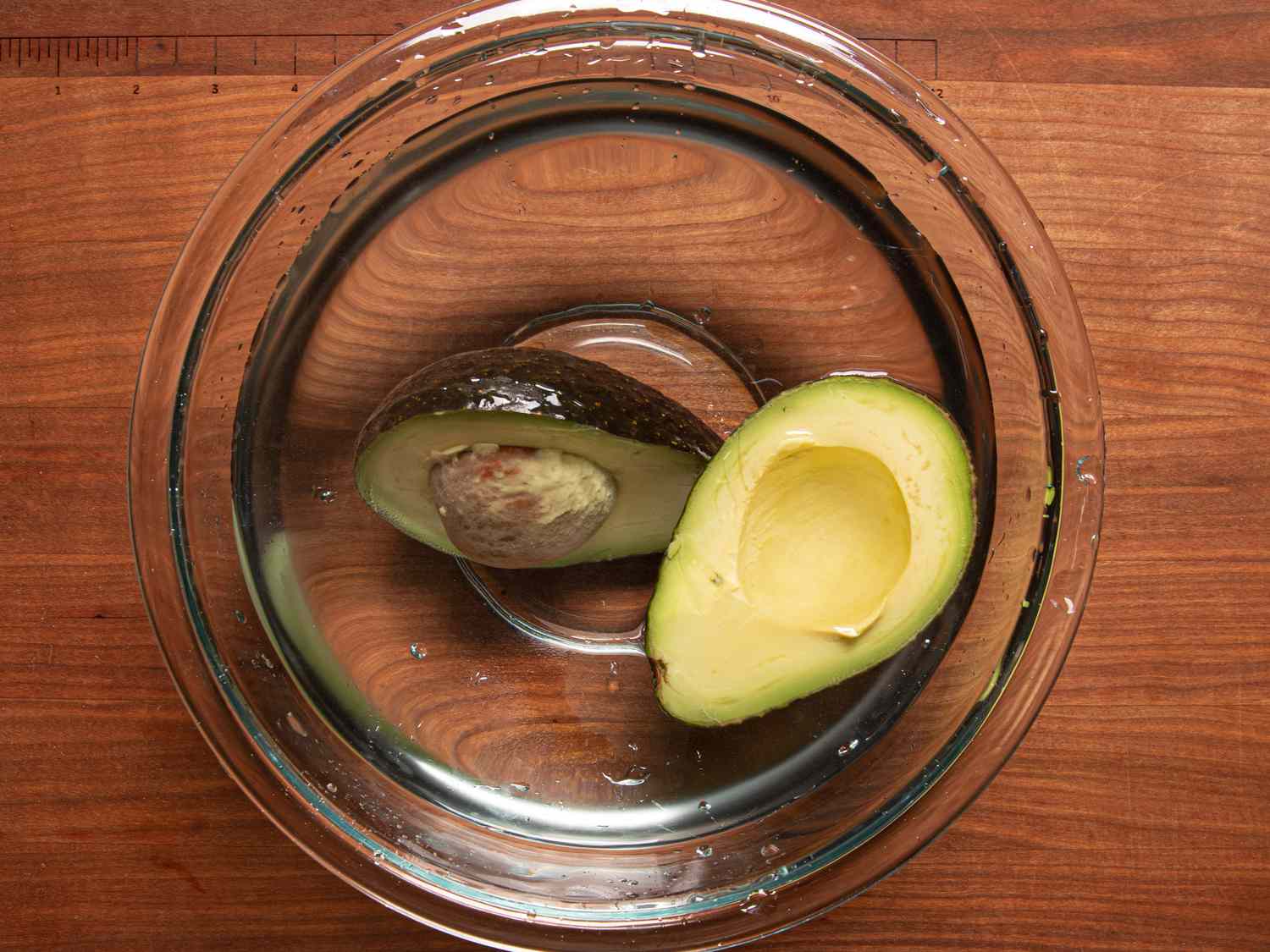
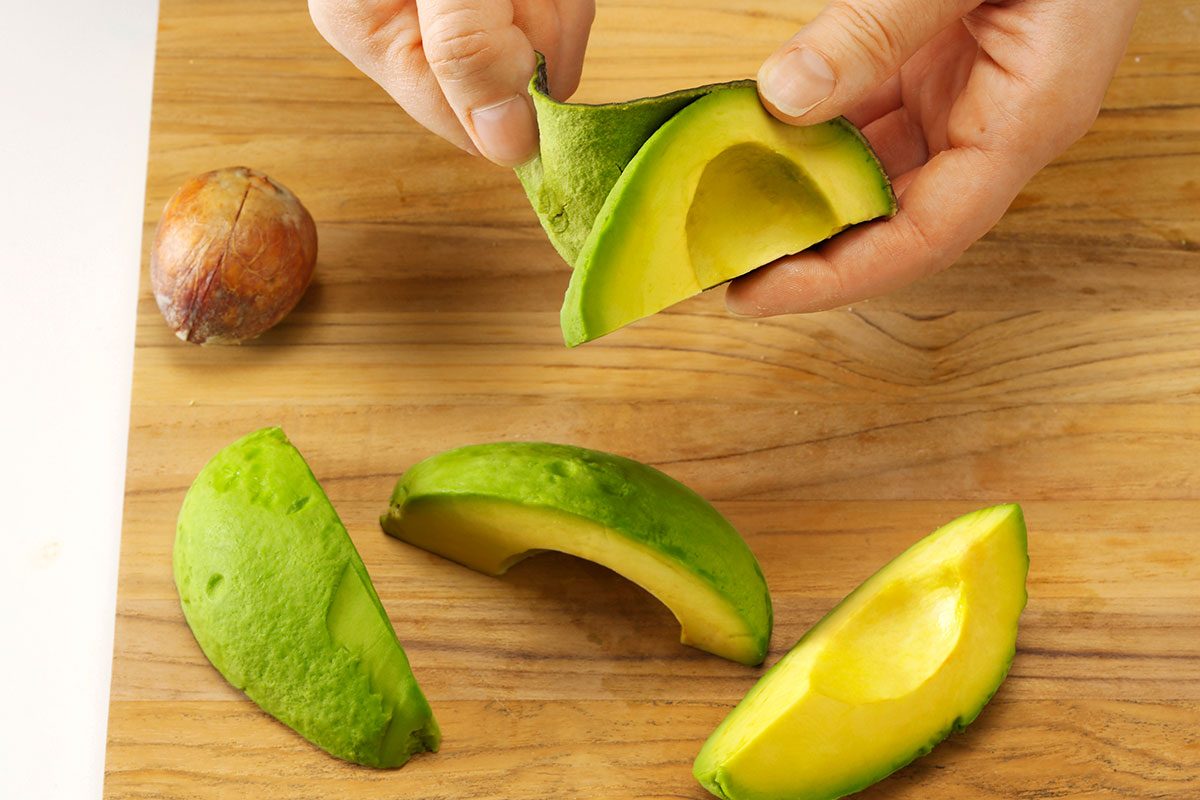

0 thoughts on “How To Store Fresh Avocado”